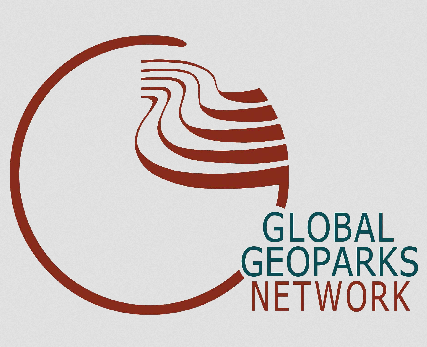The Global Network of Geoparks has grown to 111 sites, with the addition of 11 new sites at the sixth International UN Educational, Scientific and Cultural Organization (UNESCO) Conference on Global Geoparks, held from 19-22 September in Saint John Brunswick, Canada.
The 11 new Geoparks are located in Austria, Canada, China, Denmark, France, Japan, Morocco, Portugal and Spain.
 23 September 2014: The Global Network of Geoparks has grown to 111 sites, with the addition of 11 new sites at the sixth International UN Educational, Scientific and Cultural Organization (UNESCO) Conference on Global Geoparks, held from 19-22 September, in Saint John Brunswick, Canada.
23 September 2014: The Global Network of Geoparks has grown to 111 sites, with the addition of 11 new sites at the sixth International UN Educational, Scientific and Cultural Organization (UNESCO) Conference on Global Geoparks, held from 19-22 September, in Saint John Brunswick, Canada.
Global Geoparks are sites affiliated with UNESCO that: promote their geodiversity through community-led initiatives aimed at enhancing regional sustainable development; raise awareness of geological hazards and support local communities in disaster mitigation strategy development; and celebrate geodiversity and the 4.6 billion years of the Earth’s history.
The 11 new Geoparks are located in Austria, Canada, China, Denmark, France, Japan, Morocco, Portugal and Spain. Geopark sites can now be found in 32 countries.
The Mount Kunlun Global Geopark in the Chinese province of Qinghai covers an area of 1,403 km2, with an elevation ranging from 3,540 to 6,179 m and consists of three scenic areas. The Geopark covers, among other things: a 426 km fracture zone caused, in 2001, by China’s most powerful earthquake in six decades; glacier and permafrost landforms ideal for research on landscapes; and abundant geological relics attesting to complicated crustal movements and ocean-land conversions. The world’s highest railway, the Qinghai-Tibet Railway, also runs across the park.
Located in the Central High Atlas mountains of Morocco, the M’Goun Global Geopark features abundant dinosaur trackways, geomorphologic sites, waterfalls and conglomerate cliffs. The park area also provides evidence of human occupation since prehistoric times through rock art and artefacts, bearing also, witness to the centuries-old presence of the Amazigh people.
The Global Geopark on El Hierro (Canary Islands, Spain) covers the entire island, which is among the best representations of a single volcanic island. Features of interest include mineral water springs, fresh volcanic craters and associated recent lava flows.
The Global Network of National Geoparks, under the umbrella of UNESCO, provides a platform for cooperation and exchange between experts and practitioners on geological heritage. [UNESCO Press Release] [6th UNESCO Conference on Global Geoparks Website] [Global Network of National Geoparks Website]